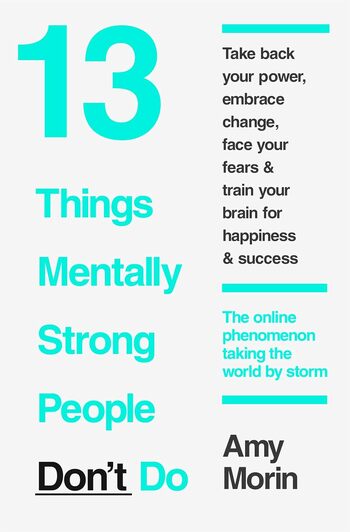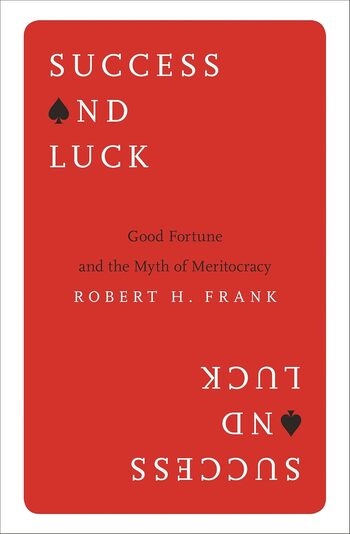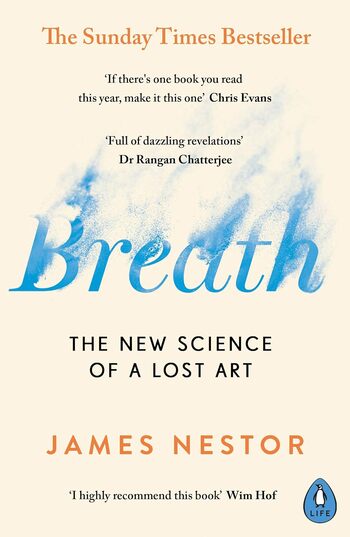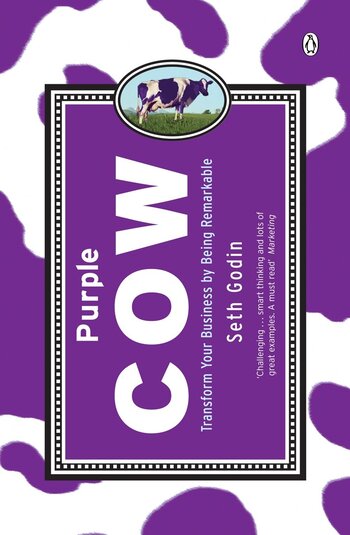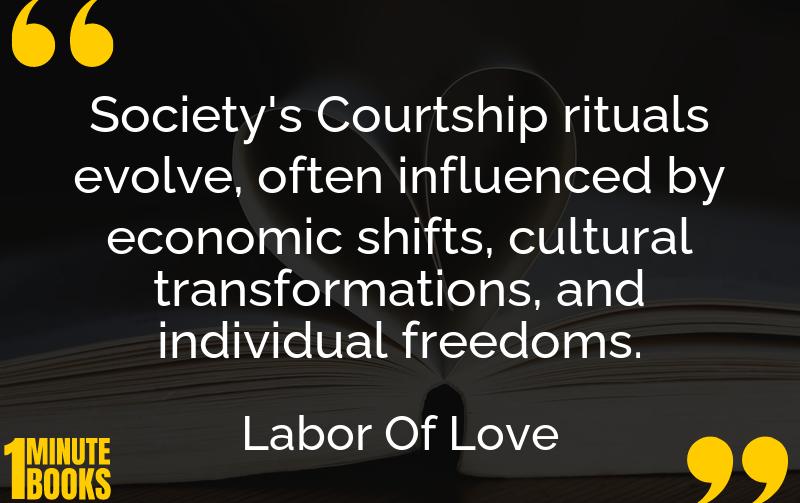
Labor of Love explores the evolution of dating, highlighting how socioeconomic factors, cultural changes, and technological advancements have shaped romantic relationships from the Industrial Revolution to the digital dating age.
Main Lessons
- Dating has historically transformed based on economic and cultural shifts, showing how society’s views on relationships evolve over time.
- Women’s migration to cities during the Industrial Revolution marked the beginning of public courtship and changed traditional matchmaking.
- Consumerism deeply influences modern dating, where individuals often assess potential mates by their tastes rather than personality traits.
- Underserved communities, such as gay and black individuals in the early 1900s, created unique ways to overcome societal obstacles in finding love.
- The trend of ‘going steady’ in the 1950s showcased an increase in casual dating practices, causing concern among traditionalist parents.
- The sexual revolution in the 1960s introduced greater freedom in dating and sexual practices, emphasizing individual desires over societal norms.
- The AIDS epidemic of the 1980s drastically altered perceptions of casual sex, highlighting the importance of safe sexual practices.
- Media and publications, like Playboy and Cosmopolitan, have played significant roles in shaping public perceptions and practices around dating and sexuality.
- Technological advancements, such as online dating platforms, have continued to redefine how individuals meet and establish romantic connections.
